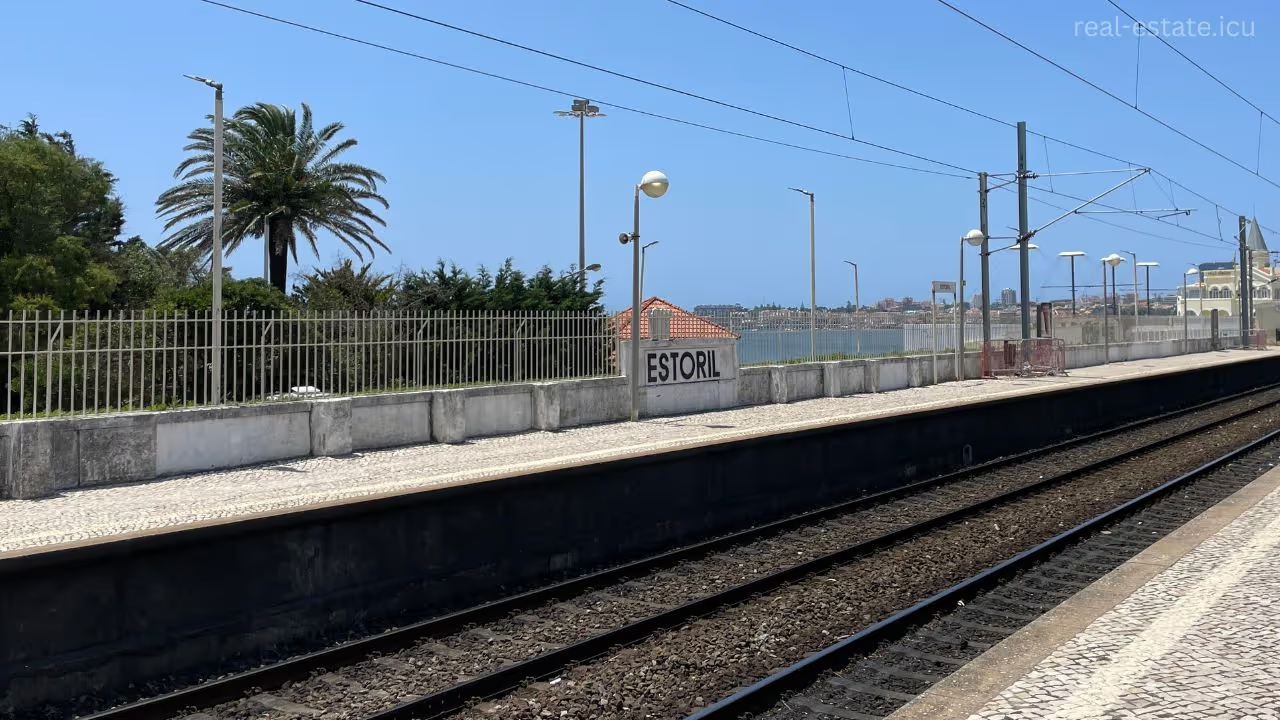Transport and Commuting in Cascais
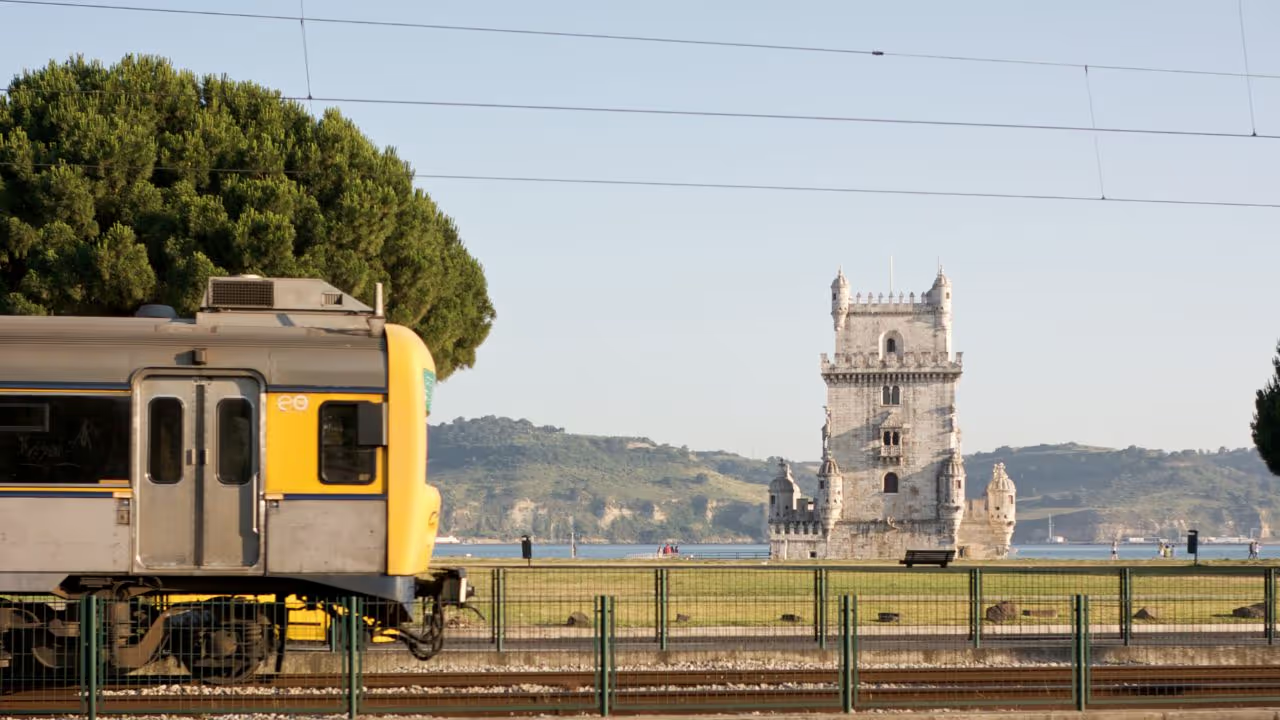
How to get around
Cascais has a mix of options for workdays, errands or weekend explorations. You can hop on the train to Lisbon, catch a local bus, cycle along the coast or simply walk through town. Many folks live here without a car, though having one helps for some trips inland or airport runs. Below we dive into the main ways to move around Cascais, using clear language (with a few minor typos here and there, as if someone typed fast), varied sentence length, and include relevant links for more info.
1. Commuter train to Lisbon
Cascais’ train line is widely used by commuters, students and anyone heading into Lisbon. The Cascais Line (Linha de Cascais) runs often, roughly every 15–30 minutes, and you reach Cais do Sodré in about 35–40 minutes. The ride hugs the coast for much of the journey—ocean glimpses and fresh air if you stand by the door (when allowed).
- Frequency: roughly every 15–30 min
- Duration: ~35–40 min to Lisbon Cais do Sodré
- Comfort: generally clean, safe and affordable
- Scenic: many stretches right along the shoreline
Fares and passes
| Ticket type | Approx. fare 2025 |
|---|---|
| Single ticket | €2.30 |
| Monthly pass (Navegante) | ~€40 (covers Lisbon zones including metro/bus/train) |
The monthly Navegante pass is handy if you mix train plus Lisbon metro or buses. Check Comboios de Portugal site for schedules and occasional updates: CP - Portuguese Railways. Often trains are punctual, though peak hours can be busy. If you stay near Cascais Centro or Monte Estoril, the station is within easy reach. For more on transport in Cascais, see this transport guide.
2. Local buses and shuttles
Local buses in Cascais are run by Vimeca / Scotturb. They link Cascais town centre with surrounding areas like Estoril, Alcabideche, Sintra, Malveira and others. Routes vary in frequency: some run hourly, others more often during rush hours.
- Operators: Vimeca / Scotturb (check Scotturb official site for routes)
- Fares: typically €1.50–€3 per ride, depending on distance
- Passes: discounts for residents, students, seniors
- Ticketing: app-based ticket purchase and real-time route info
Some routes serve beaches or connect to hiking start points in Sintra-Cascais Natural Park. A quick tip: save the bus app icon on your phone so you can track arrivals. If you live in neighbourhoods like Alcabideche, buses may be your link to the train or the centre. For specific guidance on routes and timetables, check the operator’s site or local info boards at stops.
Note: buses can be less frequent on weekends or holidays, so plan ahead if you need a return trip after midday.
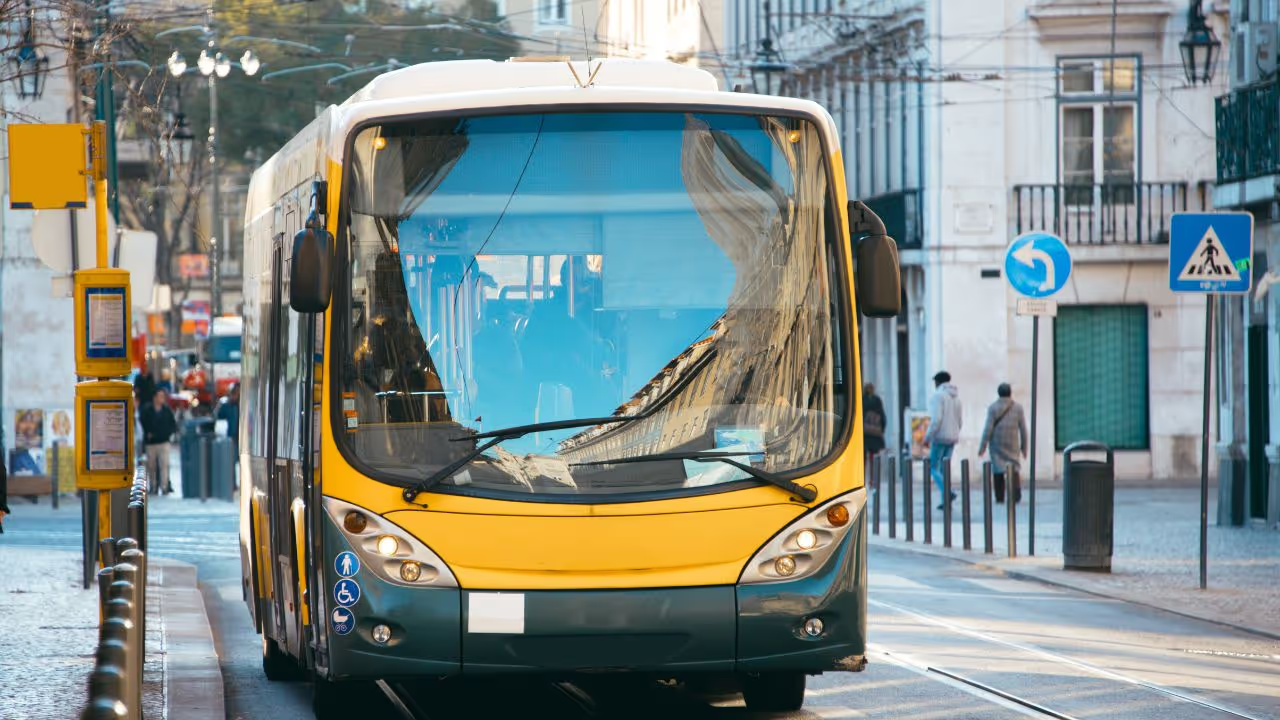
3. Cycling and walking: car-free lifestyle
Cascais is fairly flat near the centre and coast, making walking and cycling popular. Many locals bike to work or school, and tourists rent bikes for coastal rides. Paths run along the seafront (e.g. Cascais ⇄ Guincho stretch), with dedicated cycle lanes in several areas.
- Cycle paths: well-marked lanes along the coast, connecting Cascais, Estoril, and even further towards Guincho.
- Bike-sharing: MobiCascais offers rental bikes (check local docking stations).
- Walking: Cascais Centro, Estoril and Guia have compact layouts where errands, cafés and shops are a short stroll apart.
- Safety: generally safe, though watch for tourists taking photos or stopping suddenly.
- Gear: bring a light lock; helmet recommended though not always used by locals.
Example: a morning ride from Cascais station along the bay, past the marina, then continuing westwards on the bike lane. You can stop at small beaches or viewpoints. In winter, paths are quieter; in summer they may get busier, so pick off-peak hours if you prefer space. If you consider living here car-free, check properties near cycle lanes or within walking distance of the train—our relocation team can suggest spots via buy-to-relocate services.
Here’s a simple table comparing walking vs cycling for common trips:
| Trip | Walking time approx. | Cycling time approx. | Notes |
|---|---|---|---|
| Cascais station → town centre | 10–15 min | 5–7 min | Flat route |
| Cascais → Estoril beachfront | 30–35 min | 10–12 min | Coastal path |
| Cascais → Guincho viewpoint | N/A | 45–60 min | Longer ride, some hills |
| Cascais → local supermarket | 5–10 min | 3–5 min | Many small groceries in centre |
For more on living and transport choices, see cost of living and schools info if you’re moving with family.
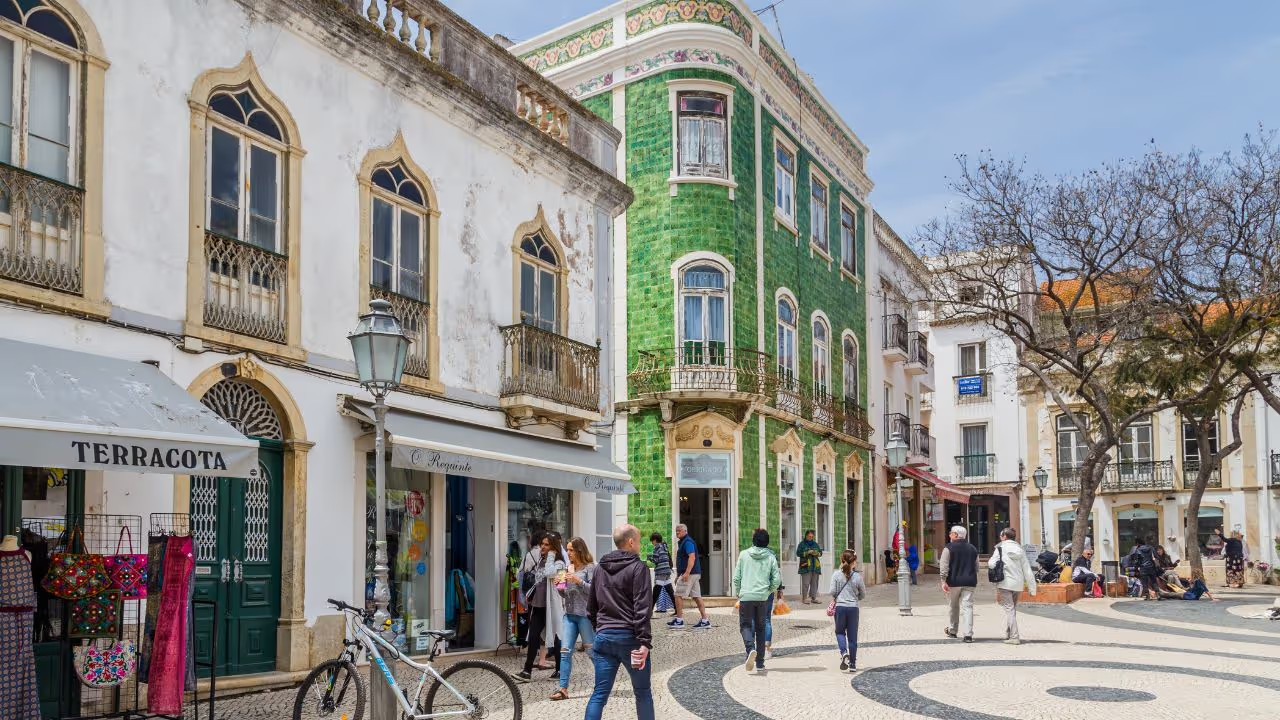
4. Driving, parking & airport access
A car can help for weekend trips inland (Sintra hills, interior Portugal) or airport runs, but it’s optional if you stay near transit links. Key points:
- Highway access: A5 connects Cascais to Lisbon; drive to Lisbon in ~25–30 min outside peak traffic.
- Parking: many residential zones have free street parking, though spots fill up in summer. Paid parking near beaches, Cascais Centro and Estoril (metered).
- Traffic: generally smooth, but summer weekends can see jams near popular beaches or town centre.
- Fuel & maintenance: petrol stations are available but check opening times in smaller neighbourhoods.
Airport runs
- Lisbon Airport: about 35–45 min drive (depending on traffic). Taxi/Uber fares ~€25–€40.
- Train + metro: Cascais train → Lisbon Cais do Sodré → metro to airport (change at Alameda). This takes longer (~1h+), but works if avoiding traffic.
- Shuttle services: private transfers can be booked; useful if lots of luggage or odd hours.
- Ride-hailing: Uber, Bolt, Free Now all operate here; pre-book early morning rides.
If you need help picking a property with garage space or easy highway access, our buying in Cascais page offers more details.
5. Ride-sharing, taxis & neighbourhood tips
Besides buses and trains, ride-sharing apps and taxis fill gaps:
- Uber/Bolt/Free Now: cover Cascais and nearby areas. Fares vary by demand; weekends and events can spike prices.
- Taxis: readily found near train stations and main squares. Some drivers accept card payments, but carry cash just in case.
- Scooter/moped rentals: available seasonally; handy for short hops.
- Ferry options: not direct from Cascais, but you can do scenic boat trips from Lisbon. Good to know if you mix sightseeing with travel.
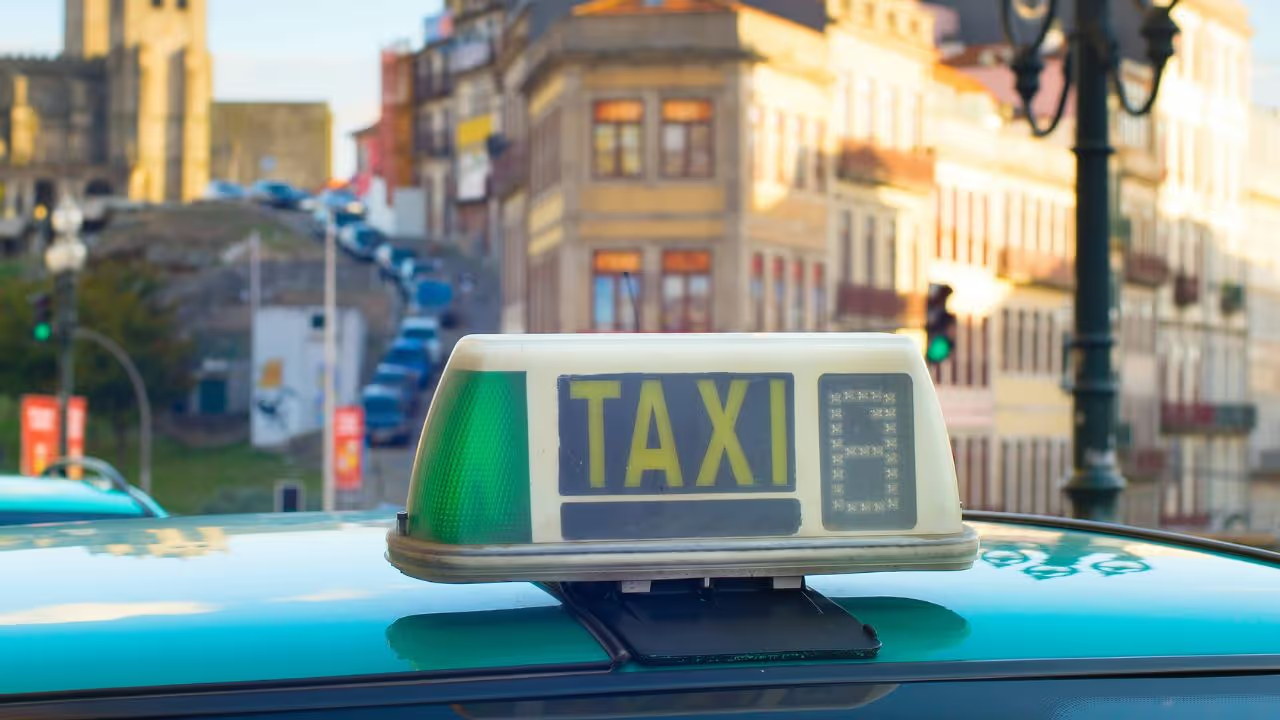
Best spots for non-drivers
- Cascais Centro: most walkable, train station, shops, cafés.
- Estoril: just east of Cascais, beach, casino area, train access.
- Monte Estoril: quieter, scenic, own station; good for families.
- Guia: coastal walks, cycle access; a bit further from the centre but still transit-linked.
- Birre or Alcabideche: more residential; bus links to centre/train.
For personalised neighbourhood advice, contact our team via team & office or simply drop a message on the contact page.
Frequently Asked Questions
Q: How often do trains run between Cascais and Lisbon? A: Typically every 15–30 minutes throughout the day. Check Comboios de Portugal for exact schedules.
Q: Are there bike-sharing stations in Cascais? A: Yes, MobiCascais operates rental bikes at multiple docking points near Cascais Centro and Estoril.
Q: Is it easy to live in Cascais without a car? A: Quite feasible if you choose a location near the train station or main bus routes. Walking and cycling cover most day-to-day needs.
Q: What’s the best way to get to Lisbon Airport from Cascais? A: Driving or taxi/Uber is fastest (~35–45 min). Train+metro works but takes longer and involves transfers.
Q: Are local buses reliable on weekends? A: They run, but some routes are less frequent on weekends and holidays. Plan ahead, especially for later returns.
Q: Where can I find parking near Cascais beaches? A: There is paid parking close to Praia da Rainha and others; arrive early in peak season or consider public transport to avoid parking hassle.
Q: Do taxi apps operate late at night? A: Generally yes, but availability may be lower after midnight. It’s wise to pre-book or have a backup number for local taxi companies.
Q: Can I easily visit Sintra from Cascais? A: Yes—bus routes by Scotturb link Cascais to Sintra, or you can train to Lisbon then switch to Sintra train. Many also drive or join small tours.
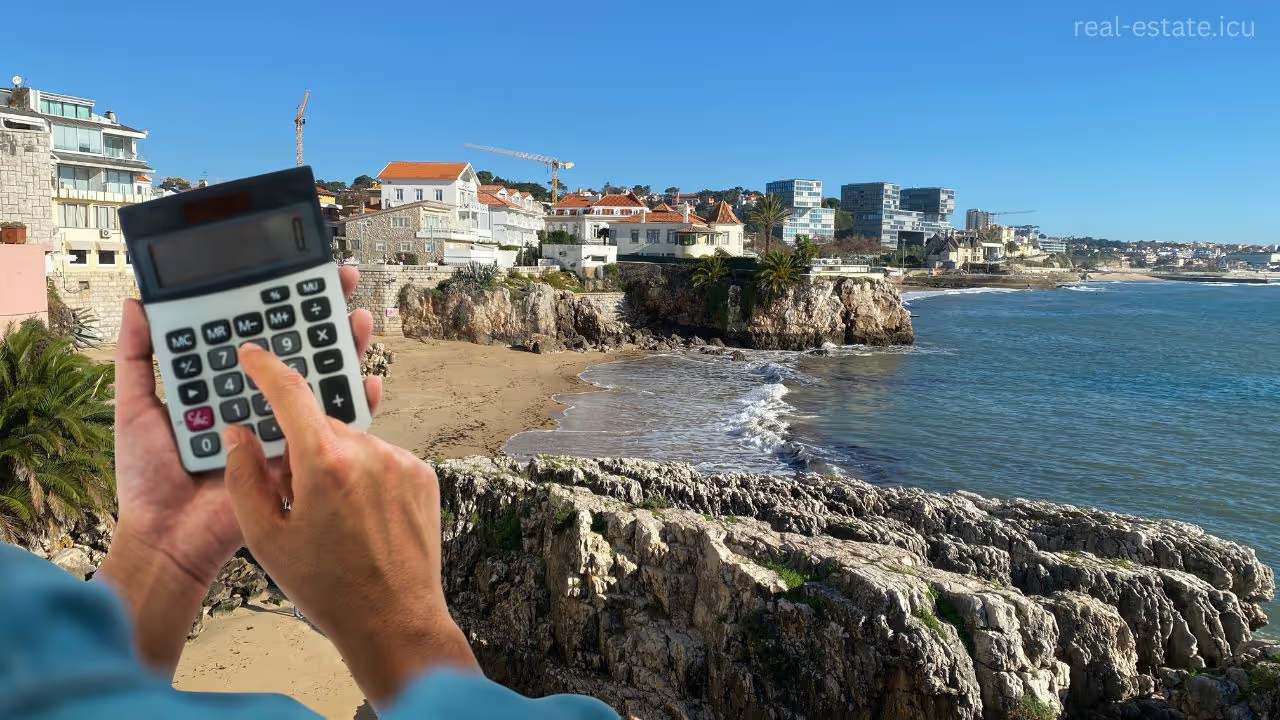 Living
Living  Living
Living 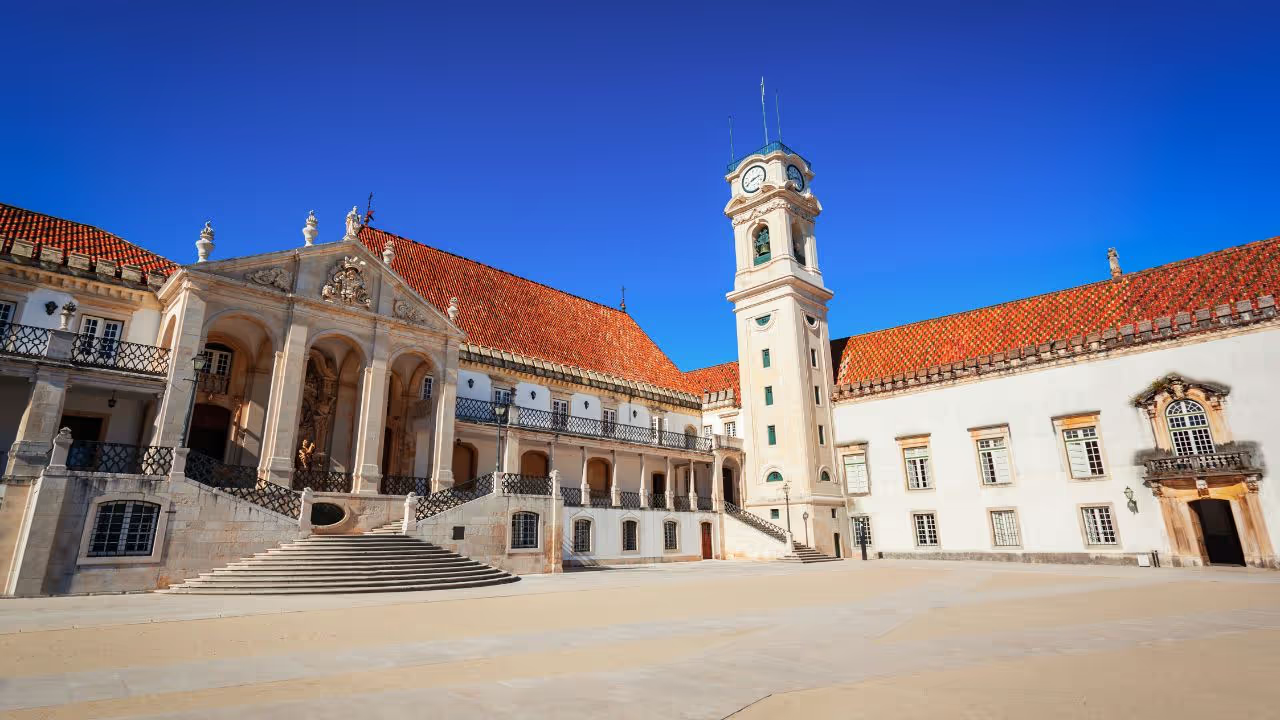 Living
Living 